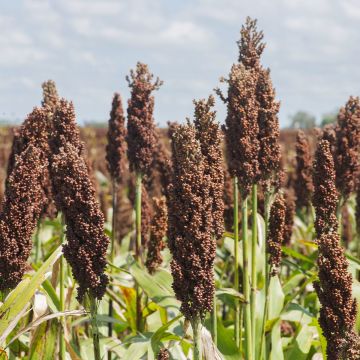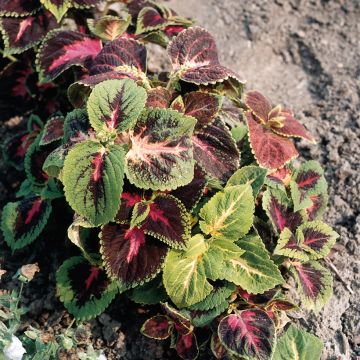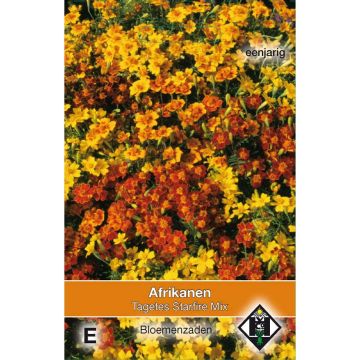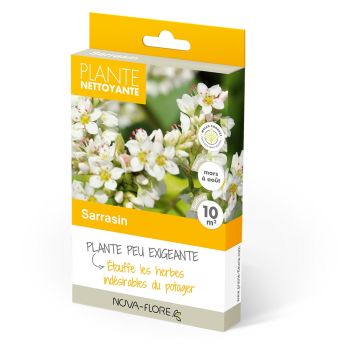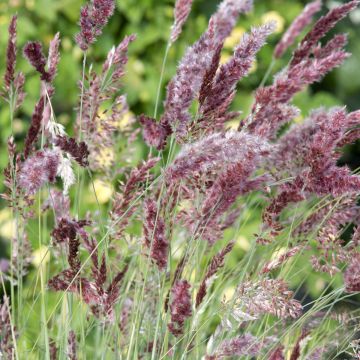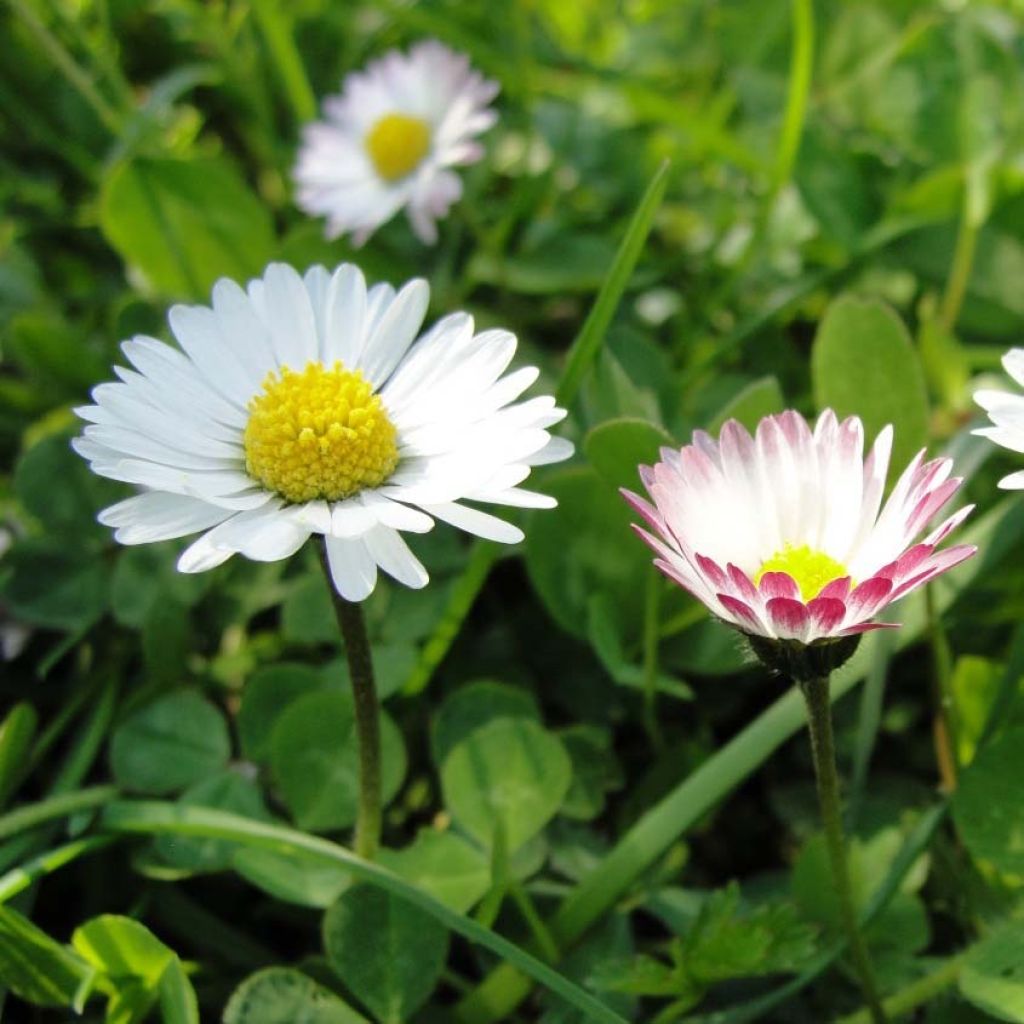

Bellis perennis - Common Daisy Seeds
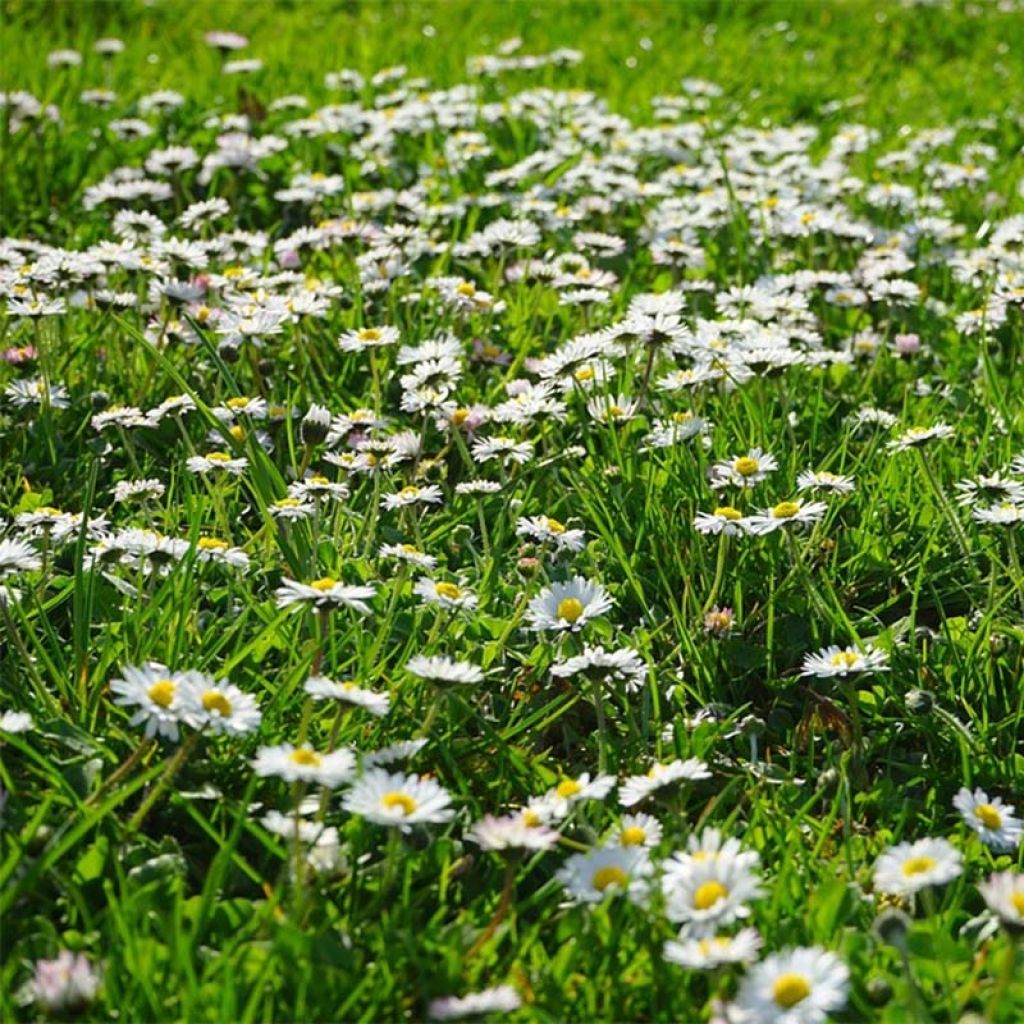

Bellis perennis - Common Daisy Seeds


Bellis perennis - Common Daisy Seeds
Bellis perennis - Common Daisy Seeds
Bellis perennis
Common Daisy, Lawn Daisy, English Daisy, Bruisewort, Woundwort
I sowed at the end of June and I didn't get any daisies, even though the summer was particularly rainy (maybe too much?). I didn't have any instructions regarding the seed (the small bag containing the seeds is white on both sides). I wonder if daisies will bloom in the spring.
Céline , 10/12/2024
This item cannot be shipped to the selected country
Dispatch by letter from €3.90
More information
Schedule delivery date,
and select date in basket
This plant carries a 6 months recovery warranty
More information
We guarantee the quality of our plants for a full growing cycle, and will replace at our expense any plant that fails to recover under normal climatic and planting conditions.
Seed-only orders are dispatched by sealed envelope. The delivery charge for seed-only orders is €3.90.
Does this plant fit my garden?
Set up your Plantfit profile →
Description
The Bellis perennis is none other than the wild common daisy, which can be found all over our parks and gardens, sprinkling our lawns with their tiny, naive, white to pink daisies. This small medicinal plant, often used in homeopathy, is perfectly hardy and survives year after year because its flat, low-laying rosette that develops secondary roots. Its flowers, in the form of tiny daisies with a yellow heart, announce the arrival of spring. It is very easy to naturalize in the sunny areas of the garden, whatever the climate.
Bellis perennis is a plant of the large Asteraceae family, which originates from all over Europe, but also from the Orient. Its Latin name means "eternal beauty" and it is the religious symbol of the Virgin Mary. It is a herbaceous plant that forms a biennial rosette (whose life span does not exceed 2 years) which multiplies and perpetuates itself through adventitious roots that in turn form new biennial rosettes. This small native plant colonizes large areas, both vegetatively and by spontaneous self-seeding. It adapts to a wide range of soils and climates. The basal rosettes, 10 to 15 cm wide, are composed of hairy, oval, spatulate evergreen leaves with crenate margins, borne on petioles. The plant blooms from March to November, depending on weather conditions. The flowers are small inflorescences with 2 cm wide capitulum. Each flower head is composed of fine, more or less white ligules ('petals'), tinged with purple pink on the underside, surrounding a small, bright yellow central disc where tiny sterile flowers are gathered. The 'flowers' are carried 5 or 10 cm above the ground by small hairy stems that emerge from the rosettes of leaves.
There is no simpler plant than this wild daisy. It is naturally charming in large groups, but can also be planted more sparsely, in the middle of other plants with smaller flowers or bushier foliage. Forget-me-nots, but also buttercups, pansies and yellow primroses are all wild plants that will accompany it well in our gardens, just as they do spontaneously in nature. In the language of flowers, the daisy represents innocence and attachment. You can even taste it since daisy petals are edible; so sprinkle your salads by plucking their petals, a little, madly, passionately or not at all!
Beauty secret: Daisy flower macerated oil (flowers macerated in oil) is an ointment appreciated by women who wish to firm up the skin of their cleavage.
Report an error about the product description
Bellis perennis - Common Daisy Seeds in pictures


Flowering
Foliage
Plant habit
Botanical data
Bellis
perennis
Asteraceae
Common Daisy, Lawn Daisy, English Daisy, Bruisewort, Woundwort
Western Europe
Other Flower seeds A to Z
Planting and care
The common daisy is sown in summer, just like biennials. The seeds prefer temperatures between 15 and 20 °C so you can sow them outdoors or indoors in well ventilated conditions. They will emerge between 7 and 21 days, depending on conditions.
Scatter seeds in small pots or in a tray filled with soil mixed with a some sand or vermiculite. Cover with a fine layer of soil and keep moist. In October, the plants are pricked out and placed in flowerbeds or in borders. Keep an eye out for snails and slugs which are fond of the small shoots of these daisies.
You can also sow directly outside in well-prepared, weedless and properly loosened soil.
Sowing period
Intended location
-
, onOrder confirmed
Reply from on Promesse de fleurs
Flower seeds
Haven't found what you were looking for?
Hardiness is the lowest winter temperature a plant can endure without suffering serious damage or even dying. However, hardiness is affected by location (a sheltered area, such as a patio), protection (winter cover) and soil type (hardiness is improved by well-drained soil).

Photo Sharing Terms & Conditions
In order to encourage gardeners to interact and share their experiences, Promesse de fleurs offers various media enabling content to be uploaded onto its Site - in particular via the ‘Photo sharing’ module.
The User agrees to refrain from:
- Posting any content that is illegal, prejudicial, insulting, racist, inciteful to hatred, revisionist, contrary to public decency, that infringes on privacy or on the privacy rights of third parties, in particular the publicity rights of persons and goods, intellectual property rights, or the right to privacy.
- Submitting content on behalf of a third party;
- Impersonate the identity of a third party and/or publish any personal information about a third party;
In general, the User undertakes to refrain from any unethical behaviour.
All Content (in particular text, comments, files, images, photos, videos, creative works, etc.), which may be subject to property or intellectual property rights, image or other private rights, shall remain the property of the User, subject to the limited rights granted by the terms of the licence granted by Promesse de fleurs as stated below. Users are at liberty to publish or not to publish such Content on the Site, notably via the ‘Photo Sharing’ facility, and accept that this Content shall be made public and freely accessible, notably on the Internet.
Users further acknowledge, undertake to have ,and guarantee that they hold all necessary rights and permissions to publish such material on the Site, in particular with regard to the legislation in force pertaining to any privacy, property, intellectual property, image, or contractual rights, or rights of any other nature. By publishing such Content on the Site, Users acknowledge accepting full liability as publishers of the Content within the meaning of the law, and grant Promesse de fleurs, free of charge, an inclusive, worldwide licence for the said Content for the entire duration of its publication, including all reproduction, representation, up/downloading, displaying, performing, transmission, and storage rights.
Users also grant permission for their name to be linked to the Content and accept that this link may not always be made available.
By engaging in posting material, Users consent to their Content becoming automatically accessible on the Internet, in particular on other sites and/or blogs and/or web pages of the Promesse de fleurs site, including in particular social pages and the Promesse de fleurs catalogue.
Users may secure the removal of entrusted content free of charge by issuing a simple request via our contact form.
The flowering period indicated on our website applies to countries and regions located in USDA zone 8 (France, the United Kingdom, Ireland, the Netherlands, etc.)
It will vary according to where you live:
- In zones 9 to 10 (Italy, Spain, Greece, etc.), flowering will occur about 2 to 4 weeks earlier.
- In zones 6 to 7 (Germany, Poland, Slovenia, and lower mountainous regions), flowering will be delayed by 2 to 3 weeks.
- In zone 5 (Central Europe, Scandinavia), blooming will be delayed by 3 to 5 weeks.
In temperate climates, pruning of spring-flowering shrubs (forsythia, spireas, etc.) should be done just after flowering.
Pruning of summer-flowering shrubs (Indian Lilac, Perovskia, etc.) can be done in winter or spring.
In cold regions as well as with frost-sensitive plants, avoid pruning too early when severe frosts may still occur.
The planting period indicated on our website applies to countries and regions located in USDA zone 8 (France, United Kingdom, Ireland, Netherlands).
It will vary according to where you live:
- In Mediterranean zones (Marseille, Madrid, Milan, etc.), autumn and winter are the best planting periods.
- In continental zones (Strasbourg, Munich, Vienna, etc.), delay planting by 2 to 3 weeks in spring and bring it forward by 2 to 4 weeks in autumn.
- In mountainous regions (the Alps, Pyrenees, Carpathians, etc.), it is best to plant in late spring (May-June) or late summer (August-September).
The harvesting period indicated on our website applies to countries and regions in USDA zone 8 (France, England, Ireland, the Netherlands).
In colder areas (Scandinavia, Poland, Austria...) fruit and vegetable harvests are likely to be delayed by 3-4 weeks.
In warmer areas (Italy, Spain, Greece, etc.), harvesting will probably take place earlier, depending on weather conditions.
The sowing periods indicated on our website apply to countries and regions within USDA Zone 8 (France, UK, Ireland, Netherlands).
In colder areas (Scandinavia, Poland, Austria...), delay any outdoor sowing by 3-4 weeks, or sow under glass.
In warmer climes (Italy, Spain, Greece, etc.), bring outdoor sowing forward by a few weeks.


































